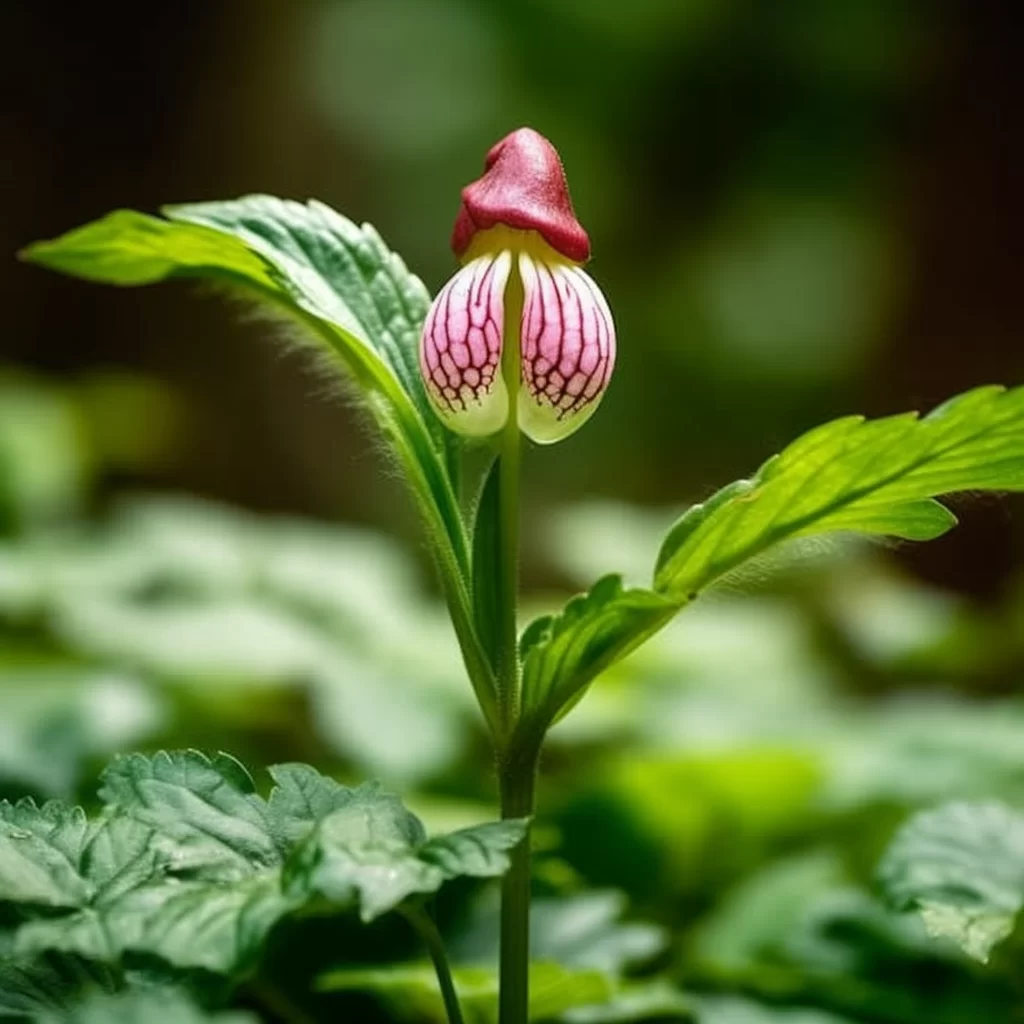Story of Day :
Contents
The Lady Slipper Plant: A Complete Guide and Care Tips
Lady slipper plants are a must-have for any plant enthusiast looking to add something truly special to their garden.
With their strikingly beautiful blossoms and captivating growth patterns, these unique plants are sure to turn heads and impress guests.
Whether you’re an experienced gardener or just starting out, lady slippers make an easy addition to any outdoor space.
In this article, we’ll delve into all the essential information you need about caring for these fascinating plants.From soil requirements to watering schedules, we’ll cover everything you need to know in order to keep your lady slipper thriving year-round.
With our helpful tips and tricks, you can ensure that your plant stays healthy and produces stunning flowers season after season.
So whether you’re planting your first lady slipper or adding another one to your collection, read on for all the expert advice you need on caring for this unique plant variety.
Introduction to Lady Slipper Plant
Lady slipper is a type of orchid that is native to North America.
They are known for their unique flowers that look like little slippers or shoes.
These plants are typically found in woodland areas with moist soil and shaded conditions.
Varieties of Lady Slipper Plants
- Cypripedium acaule (pink lady slipper)
- Cypripedium calceolus (yellow lady slipper)
- Cypripedium reginae (showy lady slipper)

If you’re a wildflower enthusiast in North America, you might be interested to know that pink and yellow varieties of a particular flower are quite prevalent in the eastern part of the continent.
Meanwhile, if you travel around other parts of North America, particularly the western region, you’ll likely come across the showy variety.
It’s fascinating how certain flowers can vary in their distribution depending on their color or other factors.As an avid hiker or nature lover exploring the great outdoors in North America, it’s essential to be aware of what types of flowers grow where.
For example, if you’re hiking along trails on the east side of the continent and happen upon some vibrant pink and yellow blossoms growing wild alongside your path, chances are they belong to a specific species found predominantly in that region.
On the other hand, if your travels take you out west where showy blooms abound almost everywhere from meadows and forests to mountainsides and valleys then this stunningly beautiful plant will likely be there too!
Lady Slipper Plant Care Tips
Planting Location and Soil Requirements
If you want your lady slippers to thrive, it’s important to choose a planting location that mimics their natural habitat.
These plants prefer shady areas with well-draining soil that is rich in organic matter.
They also require moist soil so make sure not to let them dry out completely.

Watering Requirements
Lady slippers require consistent watering but do not tolerate standing water around their roots very well.
Be sure not to overwater them as this can lead to root rot which can be fatal to the plant.
Fertilization
These plants do not require heavy fertilization.
Instead, use a slow-release fertilizer with an NPK ratio of 10-10-10 or 20-20-20 once a month during the growing season.
Pruning and Maintenance
Lady slipper plants don’t require much pruning.
Remove any dead or damaged leaves as needed.
Also, be careful when mulching around these plants as they are sensitive to chemicals commonly found in some types of mulch.
Troubleshooting Common Lady Slipper Plant Problems
Like any other plant, lady slippers can experience problems from time to time.
Here are some common issues you may encounter:

Pests
Lady slipper plants can be affected by pests such as slugs and snails which can damage the leaves and flowers of the plant.
Use organic pest control methods such as slug traps or hand-picking them off your plants.
Diseases
If you notice your lady slipper’s foliage turning yellow or brown, it could be a sign of disease such as root rot or crown rot caused by overly wet soil conditions.
Make sure to keep the soil moist but not waterlogged and avoid over-fertilizing which can also lead to disease problems.
The Bottom Line on Lady Slipper Plants
Lady slipper is an interesting and unique plant that is relatively easy to care for once you understand its requirements.
With proper planting location, consistent watering, adequate fertilization, and minimal pruning maintenance these beautiful orchids will flourish in your garden year after year!